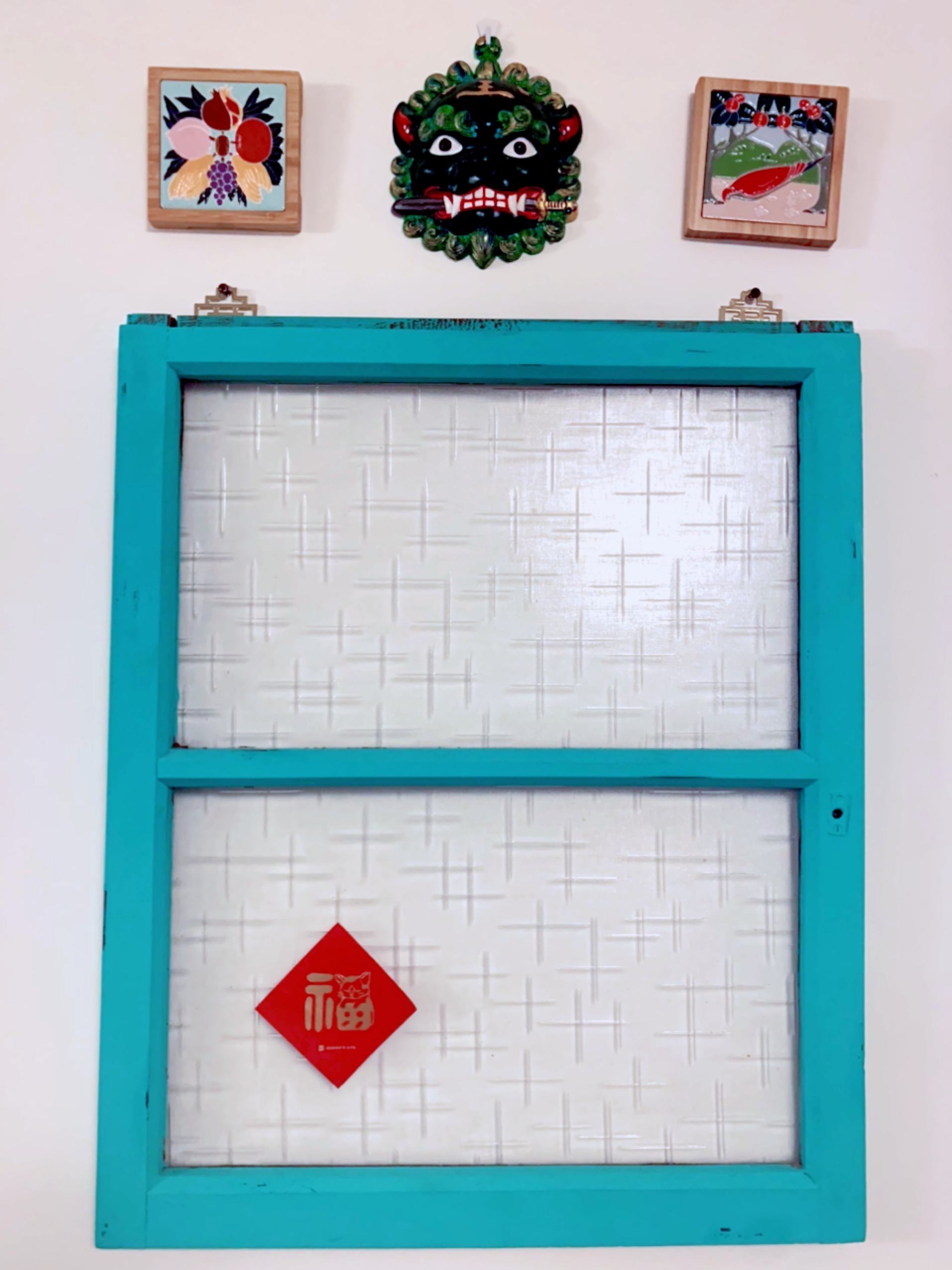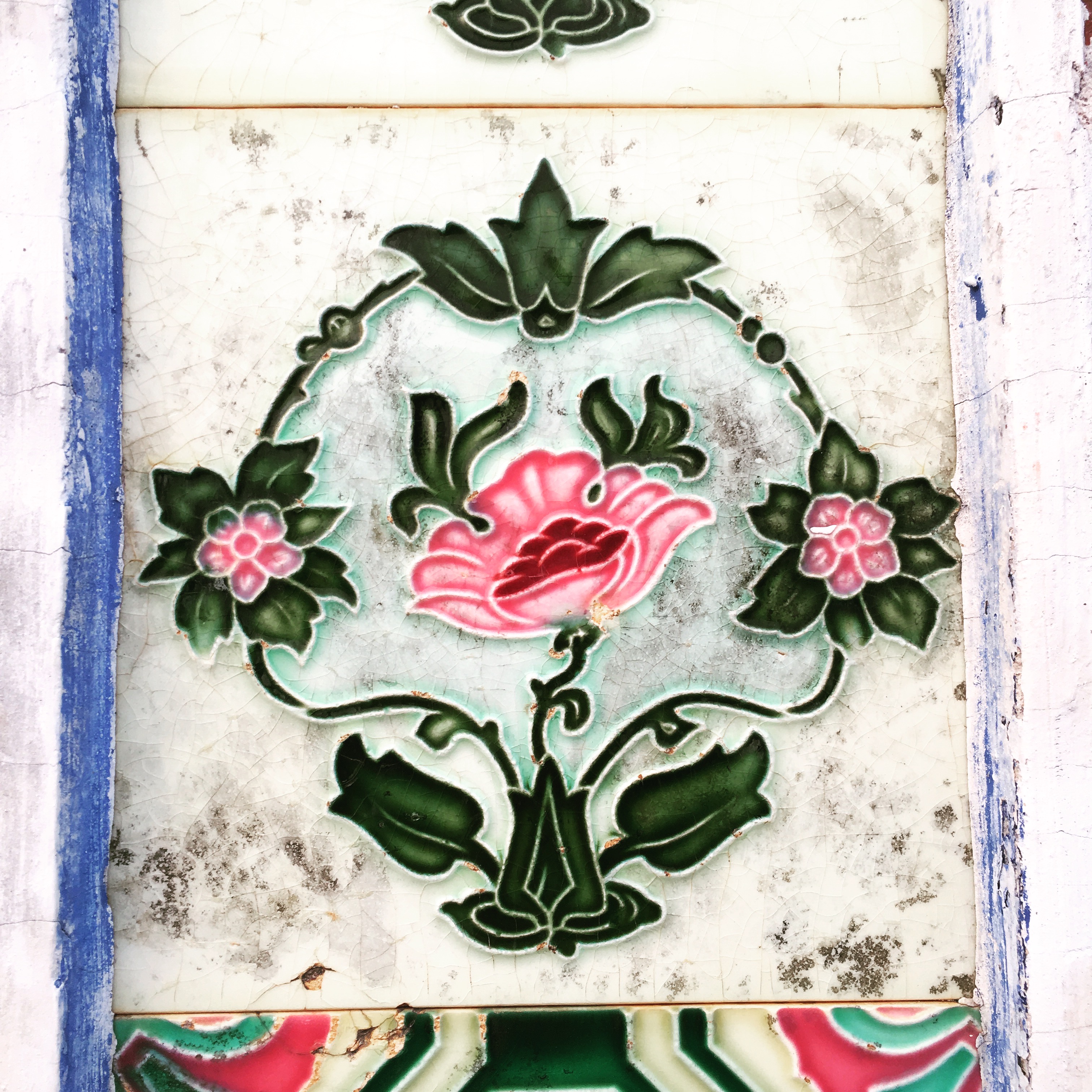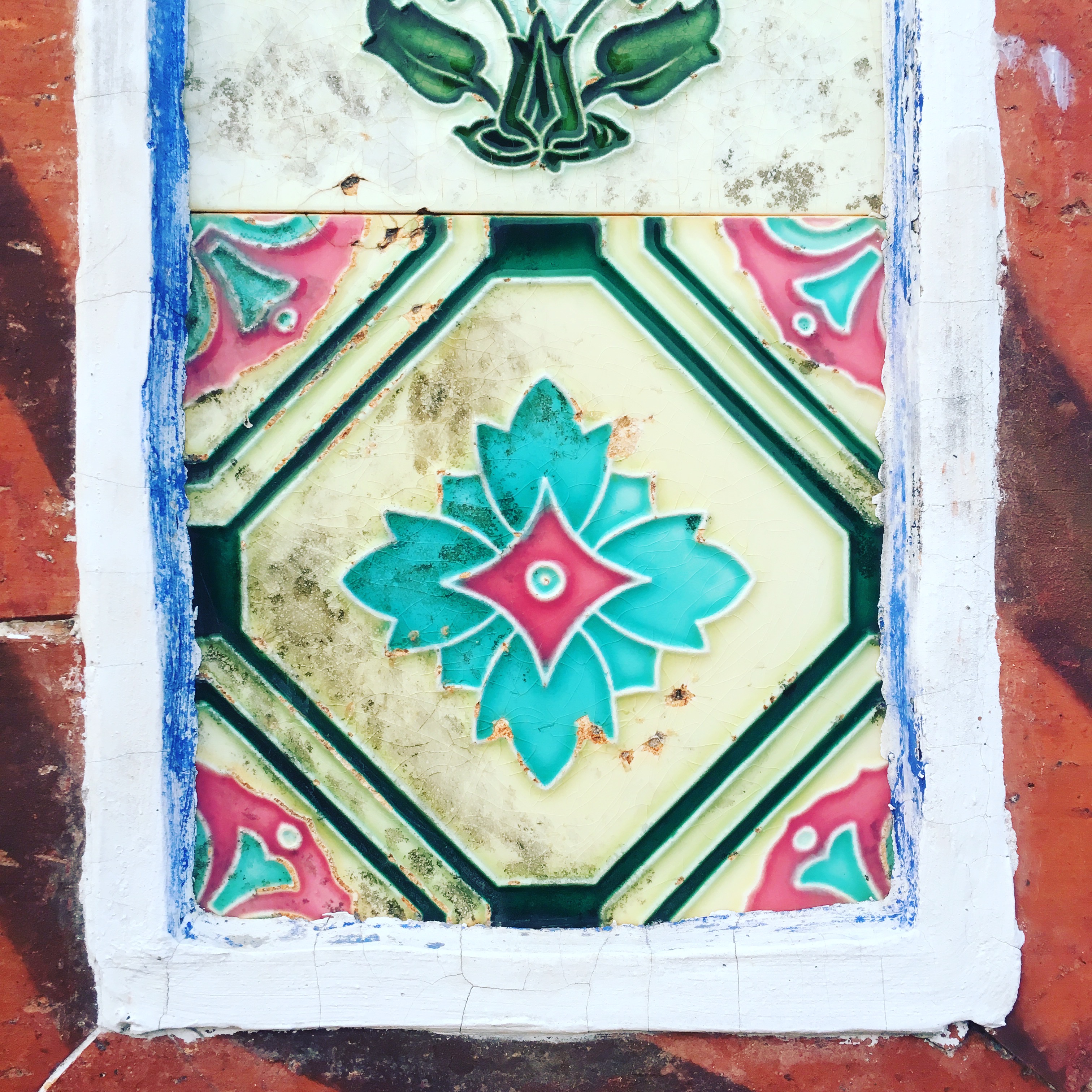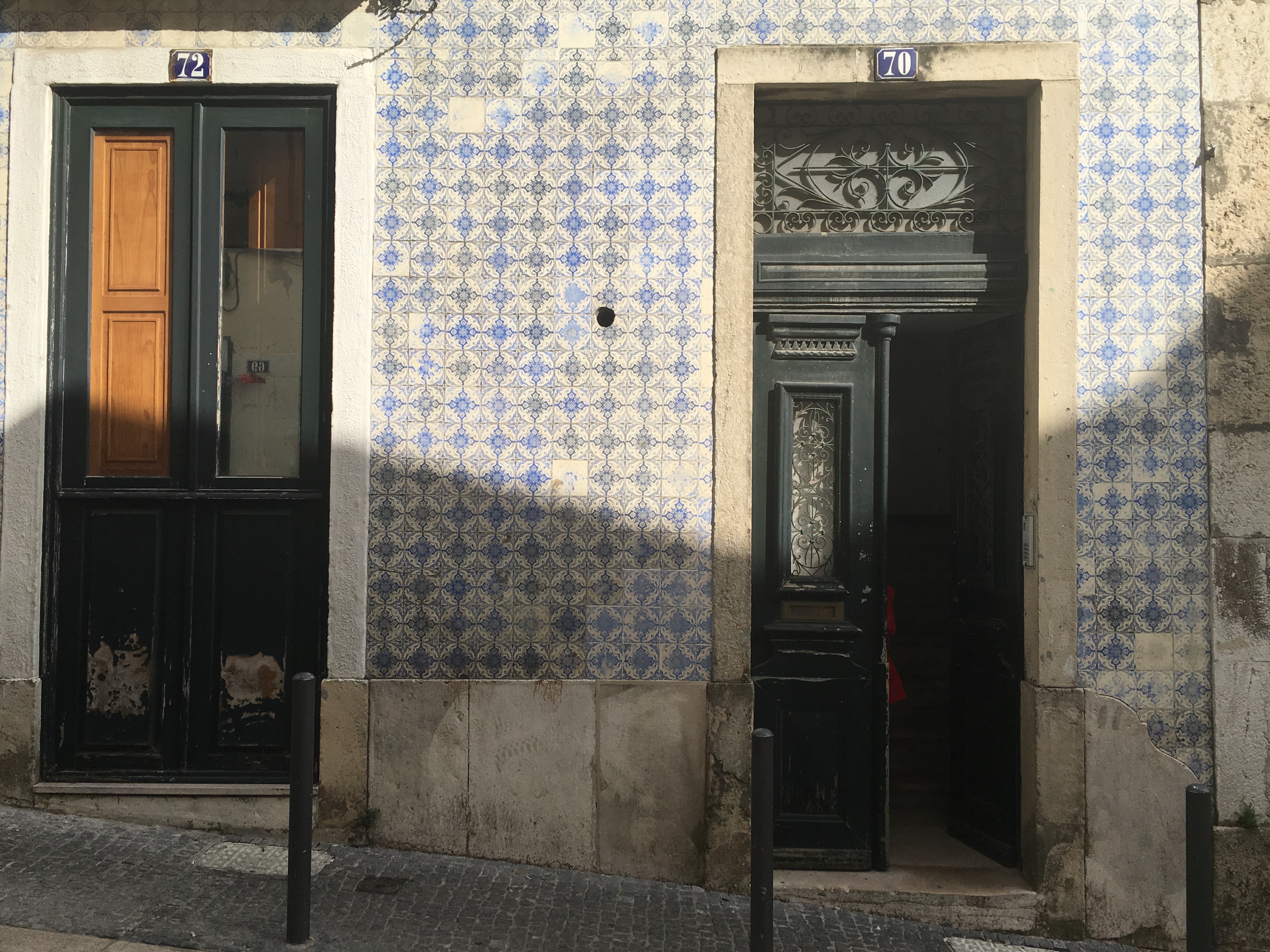
I've had both a series of medical issues these past months, in addition to my usual anxiety and overall executive dysfunction. Add to that a case of writer's block as cliché as it has been severe, and I simply haven't had it in me to face the world as a writer or as much of anything.
It's not entirely debilitating, and I am not entirely splenetic. I can still work and have a social life, and I wouldn't say the American people voting for President Rapist again has completely broken me. But it's broken me a little bit -- what tiny shred of optimism I may have once clung to has been swept away in the swash of my complete and utter inability to forgive anyone who thought a known rapist would make a great president. Quite literally, if I find out someone I know voted for him, I will never speak to them again.
In this intense anger and anxiety, various physical ailments and investigations, and not one but two ageing and unwell cats, I've been more reclusive and less engaged. I want to wall the world off, but I've mostly been turning inward, a marked change from my usual extroversion. It's not quite to the point where my subconscious has Cask of the Amontillado'd the rest of me, but I genuinely don't think the world will be okay.
In an attempt to deal with this constructively, I've been escaping from the world by methodically making over the smaller back rooms in our apartment. Mostly, I'm trying to make my space more functional and improve overall flow. There's an aesthetic component to this as well, though. My home office, which my friends call my 'lady cave', is now drenched in a plummy color hilariously called Aubergine Burst.
This chain of events led recently to a direct confrontation with one of the few things about Taiwanese culture that I don't like, even as I have sought to understand and accept it -- the indirect, high-context no.
In addition to enplummification of my lady cave, I've been preparing to hang new art. And that's turned into a labyrinthine side quest of its own.
A few years ago, I became the new caretaker of a massive family heirloom -- a thick, heavy tome of my great-grandfather's that was either meant to be prominently displayed in a home library or office, or perhaps on a coffee table. A Historical Atlas of Armenia, published in 1953. I can't read most of it -- my Armenian is still not that good -- but the illustrations are plentiful and...how else to describe them? Luscious. Fine detail, rich colors, metallic accents. Various maps, historical coats of arms, portraits, prints of Medieval etchings, portraits of historical notables, artistic renderings of Mount Ararat, you name it. Slightly frayed at the edges of the binding, the cover a deep wine red with the gold stamped letters ՀԱՅ (among other things), it looks exactly like the sort of thing your Armenian great-grandpa would have had in his study to show off to his friends over a bottle of cognac.

I sought to have four of the most enigmatic images scanned, printed and framed, with the metallic accents faithfully reproduced if possible. The binding on this book is so thick that it cannot be scanned and printed directly, and one fold-out map is too large for the machinery at an average copy shop.
My usual print shop for this kind of work, River Image, seems to have gone out of business. So, asked for recommendations on where to get this done, and received just two replies -- a small custom printing firm in Wanhua that seems to have mostly corporate clients, and Sir Speedy. The latter couldn't do metallic accents, so I hauled my tome across town to Wanhua to inquire at the former.
This printing business is located in a narrow lane otherwise lined with old walk-up apartments. You know the kind -- clad in mid-century tiles in neutrals and greens, with iron window grilles and sprays of plant life in pots both along the road and growing out of cracks in the wall. You'd have to look closely to even notice the existence of a print shop on the ground floor of one of these buildings. Inside, there was so much printed material for various businesses, all beautifully done, that the employees balanced A Historical Atlas of Armenia on top of one pile to inspect the pages I'd selected.
Then they discussed the matter in Taiwanese. I even understood most of it! The binding was the thing -- the only ways to avoid shadow-casted scans were to cut the binding, or digitally pretty them up. I didn't want to cut the book, and they doubted they could re-bind it well enough. They asked for time to look into how it might be done, which I granted.
We all agreed the job was possible. They even had metallics! The question was more about how much effort it would require, and what that would cost.
I got the distinct sense that they didn't particularly want to do it, at least not at a price a single person would pay, compared to a business. But, they assured me, they'd try. We added each other on Line and I went home, bookless.
A few days later they got in touch: they could do the job, but the total cost would be around NT$40,000 for two color copies each of the four images, on good paper, with gold and silver accents. They wouldn't be able to do the work until January.

Honestly, I very much wanted these prints -- one set for me, one for my sister. But I knew, and I think they knew, that I wasn't about to pay over a thousand US dollars and wait over a month for them. I drafted a message saying I'd think about it for a few days, and I genuinely would, but deep down I knew that it simply was not going to work.
I asked a local friend to check my reply in Mandarin, as I wanted to avoid any inadvertent rudeness. She felt they were "treating the customer like a buffet", and perhaps she was right. She grew up in this culture, after all; I didn't.But something about the exchange, and the way they responded positively to my reply -- of course we know it's a big expense, we quoted the upper estimate because we want to do the best possible work, and you can get quotes from other printers too -- made me think that they weren't trying to scam me, per se.
Rather, they didn't want to do a fairly small job for what wouldn't have been much profit, but because they could do it and didn't want to outright reject the project, they quoted a price at which they would take it on, knowing full well I'd say no thanks and look elsewhere. All on good terms, of course.
I then took the book to Sir Speedy near Da'an Station, and they were able to scan the pages, remove the shadows and give me two sets of pretty good prints (no metallic accents, though) for NT$1400, including digital copies.
I like to think I understood what was happening and responded astutely, but I didn't like it. I knew not to pay that outrageous sum of money, which no one ever expected me to fork over, but I’ve met exists with too much money and too little sense to understand that.
The fake quote was a way to shimmy out of an awkward ‘no’, but it put me in the awkward position of having to say it was out of my budget, whereas I wouldn’t have found a direct rejection to be awkward. Research shows that when communicating across cultural divides, people tend to develop clearer styles with more nonverbal language to alleviate misunderstanding, so it makes sense to me to do this.
I'd rather be told kindly but directly that they weren't going to take the job. I accepted how the events unfolded, because I had no choice. Just because I can see it, understand it, accept it and respond to it doesn't mean I agree with it.
Besides, this communication style makes sense to me, not to them necessarily. I’m naturally direct, it’s also my ‘home culture’ (New York). I communicate regularly in multiple languages with people from different cultures, and have done for decades. While I don’t want to make assumptions, they likely haven’t.
And what can I do but accept and work within the culture where I chose to live? Complaining does nothing. One must adapt.
My experience with the print shop reminded me of the other aspects of local culture that I don't care for -- not standing up to toxic bosses, but rather job-hopping to the next toxic boss, and the next, and the next, whenever the current one becomes too unbearable. Doing things one actively disagrees with to avoid arguing with one's parents, including signing anti-marriage equality petitions, not buying homes they don't want you to buy, or even having kids when you don't feel ready (or want them at all).
In a lot of these cases, I think of them less as passively accepting poor treatment from others, and more as just making a choice that I wouldn't have made, and still wouldn't make even after almost two decades in Taiwan. Sometimes I even see the wisdom -- years ago I expended far too much energy standing up to a toxic boss, but in the end the only real solution was to quit. Perhaps there's something to be learned from declining to make the effort to change a dynamic that probably can't be changed. I'd choose to die on more hills; perhaps that causes me to die more often.
But you know what? I'll still stand up for myself if I think a boss or manager is wrong about something that concerns me. Diplomatically, even kindly, if they're not irredeemable. But at the very least, I will state my position.
All this to say, I'd rather interact in a still-foreign culture in ways that feel a little unnatural to me, to say "I'll think about it" when I know the answer is "no", to respond politely to an outrageous price quote -- understanding and accepting even though I'm not fully in agreement -- than speak to single person who voted for President Rapist.





























































